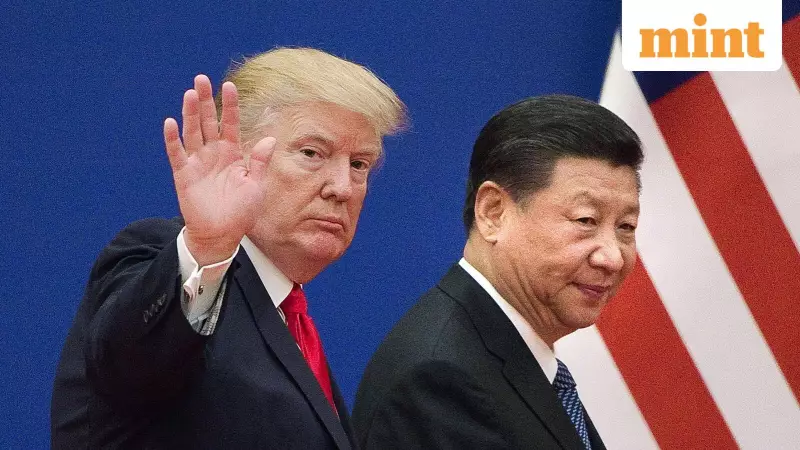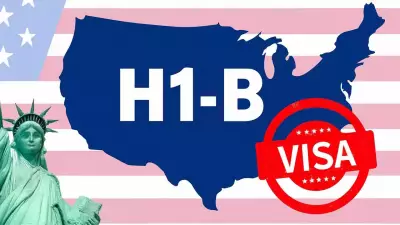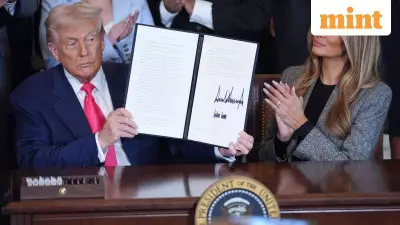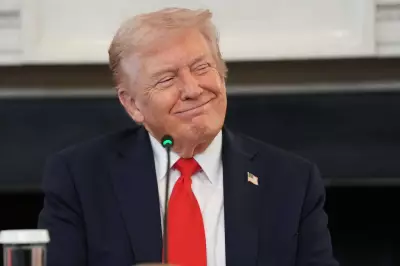
The recent trade truce between the United States and China is already showing signs of fragility, with Beijing's sluggish purchase of American soybeans serving as a major warning signal. The detente, struck by US President Donald Trump and Chinese leader Xi Jinping in late October 2025, is under pressure as both rivals actively work to reduce their economic vulnerabilities.
Soybean Purchases: A Deal Breaker?
Data from the US Department of Agriculture reveals a stark picture. Since the late October agreement, China has purchased a mere 332,000 metric tons of soybeans from the United States. This figure represents just under 3% of the total volume that Washington claims Beijing had pledged to buy by January. The resumption of soybean purchases was a cornerstone of the trade deal, especially after China had halted them entirely during the height of the trans-Pacific trade battle. This shortfall comes at a difficult time for US farmers, who have been caught in the crossfire, with rural bankruptcies on the rise.
Beyond Soybeans: A Deepening Rivalry
Experts caution that the challenges run deeper than a single commodity. Daniel Kritenbrink, a partner at The Asia Group and former assistant secretary of state for East Asian and Pacific Affairs, notes that while it's too early to panic, implementation has always been the key hurdle. "It’s always been implementation that caused challenges and flare-ups over the past year," Kritenbrink stated. Both sides, aware of the other's capacity to inflict economic pain, may be hesitant to push too aggressively due to China's domestic economic slowdown and potential political risks for the Trump administration in the upcoming midterm elections.
However, neither nation is standing still. They are taking concrete steps to shore up their long-term resilience, which could provide tinder for future conflicts. For instance, while China agreed to pause an expansion of its export controls on rare earths, its Ministry of Commerce is hiring enforcement personnel at the fastest rate since 2002. Simultaneously, the US is rapidly diversifying its supply chains, signing rare-earth deals with Malaysia and Australia and taking stakes in companies like MP Materials.
Corporate and National Security Intertwined
The corporate world is also adapting. Tesla now requires its suppliers to avoid using Chinese parts, and Lockheed Martin CEO James Taiclet recently highlighted the immense complexity of securing supply chains, sometimes having to scrutinize six or seven layers to find a single, critical component sourced from China. "Economic security and national security are intertwined," Taiclet affirmed.
This new awareness was formalized in a blueprint from a task force co-chaired by Commerce Secretary Gina Raimondo. The report outlined the significant challenge the US faces. Over the past decade, China has invested $900 billion in three sectors deemed critical for the next decade: Artificial Intelligence, quantum computing, and biotech. This is triple the US investment. The US reliance on China is stark:
- 99% of its heavy rare earths come from China.
- China controls 80% of the basic ingredients for antibiotics and fever reducers.
- 80% of US biotech firms have at least one contract with a Chinese supplier.
The task force recommended creating a new "economic security center" within the Commerce Department to improve coordination and expertise. Leland Miller of China Beige Book warns investors against viewing the detente as a completed deal, noting that many details remain unresolved and that China is prepared to "fight tooth and nail over everything." This indicates that the US-China rivalry is far from over and will continue to be a source of volatility for global markets and companies.





